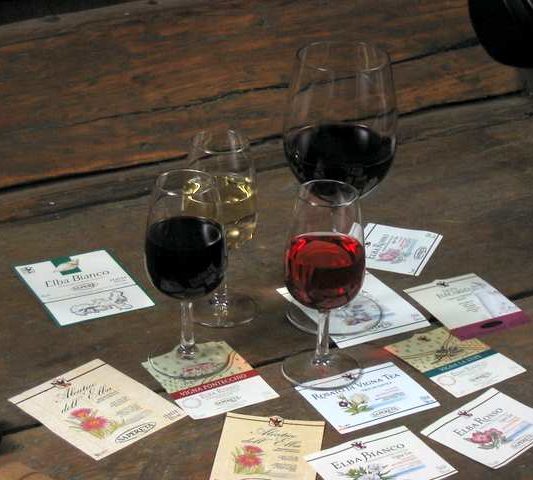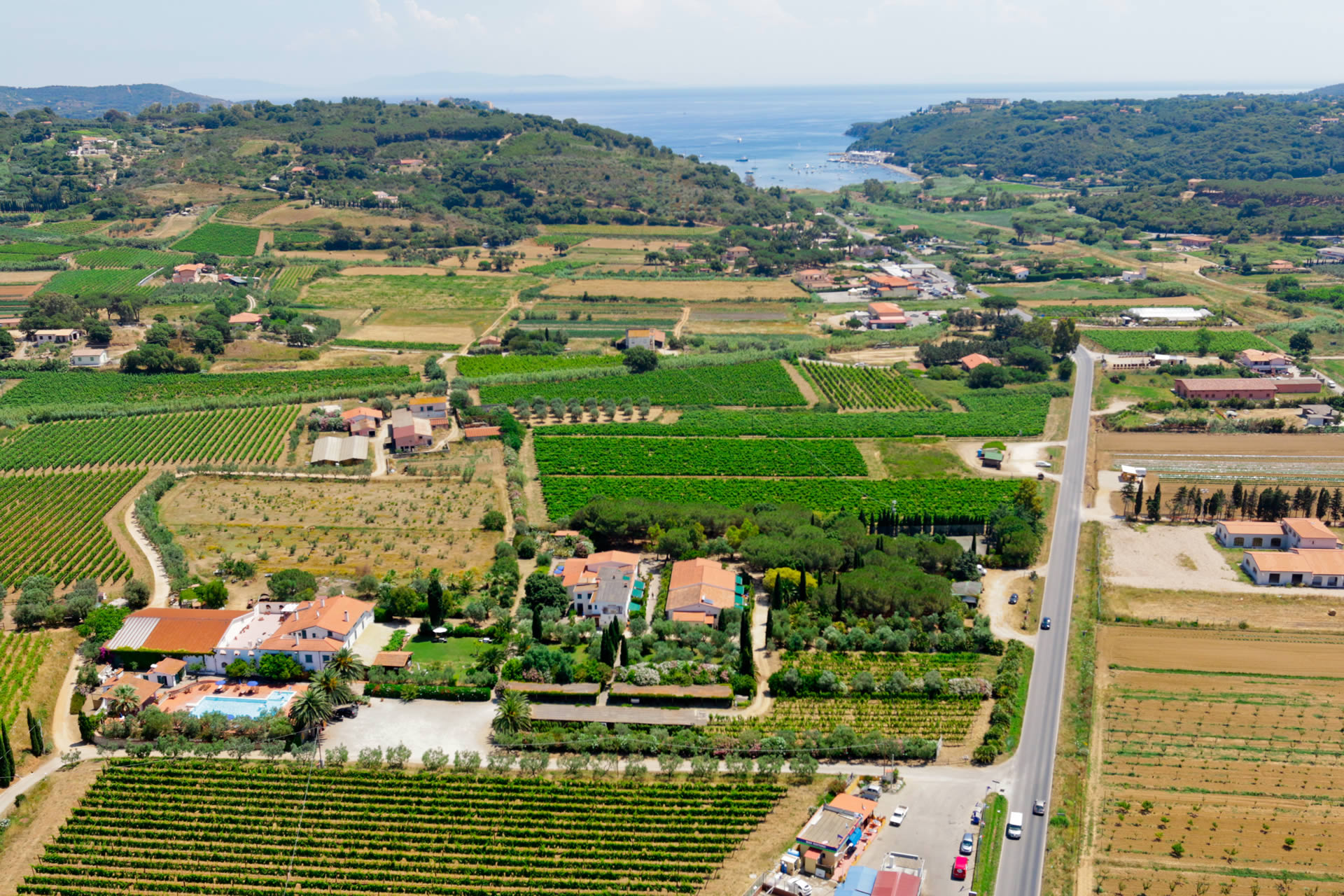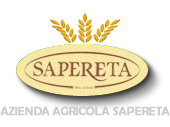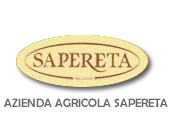The Doc wine cellar o f Elba Island
Which people throughout the history of conquests and domination of Elba Island were the first to produce wine we do not know, but already in Roman times Pliny the elder described it as “insula vini ferax” and the amphorae found in different locations along the coast are a sign of active trade. Napoleon too, on his return to Paris, before the fatal Waterloo battle, remembering his Elban kingdom, had this to say: “The inhabitants of Elba are strong and healthy because the wine of their island gives strength and health”.
The grandfather of the current owners, Italo Sapere, son of farmers and miners, also farmer and miner, abandoned the traditional work in the fields and set himself up in business in 1927. He built the first cellar of the family. Italo’s son, Teolo Ario, increased and developed the wine production begun by the father to enhance the Elban wines, managing the Estate until 1980.
The Sapere family first appears in the Population Register held in the Parish of Capoliveri. In 1694 “Agostino Sapere, a farmer, originally from Salerno” disembarked on the island with his family. Perhaps he was following the manpower required to build the Fortress of Portolongone.

He was the first president among the founding members of the first Consortium to protect DOC wines on the island. They were difficult years of hard demanding work, which lay the foundations for the future developments of the winery. The nephew Italo, encouraged by the greater prestige acquired by the Elban wines in the meantime and believing strongly in the ideas assimilated by the family, has continued, with difficulty, to improve and expand the winery, modifying it also in its production activity by introducing better vines and selecting the best known traditional clones. The company vines are planted using exclusively buds of mother plants cultivated on the farm, to maintain the local viticultural heritage intact.

We are convinced that the quality of the wines depends exclusively on the grape, on its origin and on the way it is cultivated. “We firmly believe in the experience of our elders and on the creativeness of our young”. On the farm we currently cultivate the following vines: Procanico, Biancone, Ansonica, Vermentino, Chardonnay and Moscato. The most diffused red vines include Sangioveto, Aleatico, Syrah and Alicante. Pursuant to D.P.R. dated 9th July 1967 Elba Island was awarded the DOC for “ELBA” wines and later amended and integrated with Min. Dec.dated 17th October 1994. The current form was codified with the last Min.Decree dated 15th September 1999, which also includes the last DOC type born: the sweet Moscato raisin wine of Elba Island.
The farm is located in the Municipalities of Porto Azzurro and Capoliveri, in Mola.
Vineyard administration manager: Dr. agronomist Italo Sapere. Oenoligst: Leonardo Conti of Gruppo MATURA srl. The current production surface area totals 13 hectares of vineyard and they are listed in the Register of vineyards at the Chamber of Commerce of Livorno for the production of ELBA DOC wines.
New vineyards of Aleatico, Moscato, Alicante and Cabernet S. are due to be added and will take the surface area to close to 16 hectares. The average height of the vineyards is between 10 and 50 metres above sea level.
Until the late 80’s the farm produced only white wine. In the last decade new red grape vineyards have been replanted.
The average age of the vines varies: 10 % of the vines are over 50 years old. The rest are vines younger than fifteen years of age. The white grapes currently make up for 50 % of the total. The vines are cultivated using the low spurred cordon system with a very small number of buds per hectare. The high density of plantation, which exceeds 5,000 vines per hectare and low plant production, controlled by severe shoot pruning, and cutting bunches that appear too compact when the veraison time comes, guarantee excellent quality grapes.
The soils are on average lean, bordering on clayey, rich in fissured chalk and mixed with clayey shale. And where porphyry emerges from between the eocenic chalks we have the classic “vineyard soils” (SILVA, 1947). The farm produces the grapes and transforms the wines according to the protocol of organic farming, under the strict vigilance of one of the most accredited control bodies: ICEA. The ICEA (Institute for Ethic and Environmental certification) control body certifies:
- non-use of vegetal material derived from genetic modification (O.G.M.)
- sole use of natural cultivation techniques (manuring and fertilisation with natural substances)
- non-use of chemical weed killers, synthetic fungicides and other pesticides
- use of natural predatory techniques in the battle against harmful insects, without using chemical insecticides. The cellar has a total capacity of 1.500 HL. The wines produced are sold exclusively in bottles.
Wine is not sold from the casks. Guided tours are available upon booking. They last one hour and include the illustration of the history of the farm and the viticulture of the area, the description of the vinification techniques and tasting of a number of wines. Booking is obligatory.

